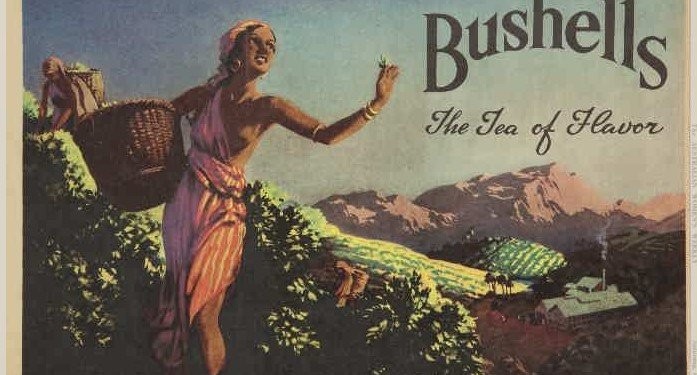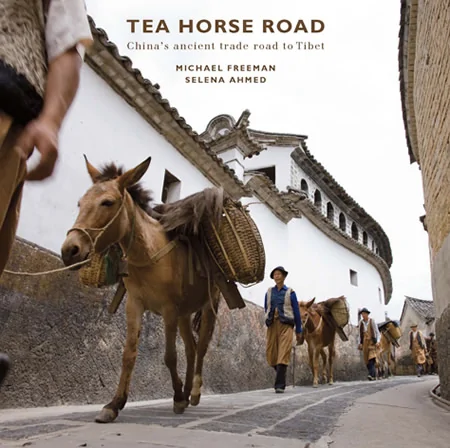Introduction
For centuries, tea has been more than just a beverage; it’s a cultural emblem, a global commodity, and a medium of connection. The journey of tea trading is a story of evolution, from the bustling markets of ancient trade routes to the sophisticated global networks of today. Picture this: caravans laden with sacks of tea trekking across vast deserts, deals being sealed over a shared brew in the shade of a market stall. Now contrast it with modern trade conducted over emails, spreadsheets, and Zoom calls. Despite the technological transformation, the essence of successful tea trading remains unchanged—it’s still about building and sustaining strong, trusted relationships.
1. A Quick History of Tea Trading
The roots of tea trading run deep into the sands of time, stretching across continents and civilizations.
Ancient Practices
In ancient times, tea was as valuable as gold. Chinese dynasties first cultivated and traded tea as early as 1,000 BCE, a practice that eventually spread along the Silk Road. Tea became a highly sought-after commodity in Central Asia, the Middle East, and Europe. Traders carried tea leaves in elaborately packed bundles, ensuring freshness over long journeys.
Relationships were paramount. Traders often knew their suppliers and farmers by name, sharing meals and tea under the stars. These bonds weren’t merely transactional; they were built on trust and mutual respect, ensuring quality and reliability. Negotiations happened face-to-face, and partnerships spanned generations.
Romantic Imagery
The historical backdrop of tea trading is steeped in romantic imagery: caravans of camels carrying precious cargo, the hustle of vibrant markets filled with aromas of exotic spices, and tea merchants sipping their product as a gesture of trust. Tea wasn’t just a product; it was a symbol of culture, connection, and reliability.
2. The Modern Landscape of Tea Trading
The world of tea trading has undergone a profound transformation over the centuries, but its spirit endures.
Technological Shift
Globalization has revolutionized tea trading. Today, suppliers and buyers connect from opposite ends of the globe with a single email or a Zoom meeting. Sophisticated logistics networks, powered by data and technology, have replaced the reliance on camels and ships.
Digital tools such as customer relationship management (CRM) software, supply chain analytics, and blockchain for traceability have made operations more efficient. Traders can monitor shipments in real-time, ensuring on-time delivery and accountability. However, this shift has also brought challenges: the human touch can often get lost in the digital shuffle.
Continuity in Change
Despite these advancements, the core values of tea trading remain the same. Trust, respect, and communication continue to be the backbone of successful partnerships. While the journey may no longer involve perilous expeditions, the importance of nurturing relationships hasn’t diminished.
3. Secrets of Successful Tea Trading
What separates a thriving tea trading business from one that struggles? The answer lies in timeless principles.
Core Principles
- Trust: This is the bedrock of tea trading. A supplier must trust that a trader will honor their commitments, and traders must trust that the product delivered will meet quality standards.
- Effective Communication: Clear, open, and consistent communication ensures that expectations align and potential issues are resolved swiftly.
- Respect: Treating suppliers, farmers, and logistics partners with respect fosters goodwill and strengthens partnerships.
The Golden Rule
The key to success is simple yet profound: treat suppliers like family, not mere contacts. This approach creates a sense of mutual investment in the partnership, leading to long-term success. It’s not just about transactions; it’s about relationships.
4. Modern Twists on Ancient Tricks
While the tools of tea trading have changed, the strategies for maintaining successful relationships remain rooted in age-old wisdom.
Maintaining Trust in a Digital Era
- Virtual Rapport: In a world dominated by virtual interactions, building rapport is more important than ever. Video calls, personalized emails, and thoughtful gestures go a long way in establishing trust.
- Transparency through Technology: Tools like blockchain can provide real-time insights into the supply chain, ensuring transparency and reinforcing trust.
Preserving the Human Element
- Genuine Conversations: Even in digital spaces, authenticity matters. Taking the time to understand a supplier’s challenges and goals fosters a sense of shared purpose.
- Shared Purpose: Modern traders must align their goals with their suppliers’, focusing on sustainability, quality, and ethical practices.
5. Why Relationships Matter
At the heart of every successful tea trading business lies the strength of its relationships.
A Good Story Behind Every Cup
Consumers today crave authenticity. They want to know where their tea comes from and the story behind it. Strong relationships between traders and suppliers ensure not only the quality of the product but also its traceability. These stories add value, creating a deeper connection between the consumer and their cup of tea.
Litmus Test for Partnerships
Here’s a simple test: If the idea of sharing a cup of tea with your supplier feels awkward, it’s a sign the relationship needs work. Great partnerships are built on mutual respect and trust, creating a foundation where sitting down for tea feels natural.
Conclusion
The journey of tea trading has evolved dramatically, from the ancient caravans of the Silk Road to today’s digital global marketplaces. Yet, the essence remains the same. Successful tea trading is about more than logistics and technology; it’s about people, relationships, and trust.
Modern traders must find the delicate balance between leveraging contemporary tools and preserving the values that have sustained the industry for centuries. Behind every great tea lies a trusted story, and behind every trusted story is a strong relationship. As we sip our next cup of tea, let us remember that it’s more than a brew—it’s a testament to connections that span continents and centuries.






